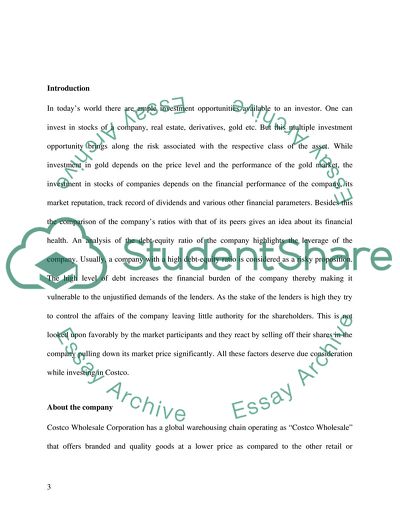Cite this document
(Financial Analysis of Costco Wholesale Corporation Essay, n.d.)
Financial Analysis of Costco Wholesale Corporation Essay. Retrieved from https://studentshare.org/finance-accounting/1732104-costco
Financial Analysis of Costco Wholesale Corporation Essay. Retrieved from https://studentshare.org/finance-accounting/1732104-costco
(Financial Analysis of Costco Wholesale Corporation Essay)
Financial Analysis of Costco Wholesale Corporation Essay. https://studentshare.org/finance-accounting/1732104-costco.
Financial Analysis of Costco Wholesale Corporation Essay. https://studentshare.org/finance-accounting/1732104-costco.
“Financial Analysis of Costco Wholesale Corporation Essay”, n.d. https://studentshare.org/finance-accounting/1732104-costco.


